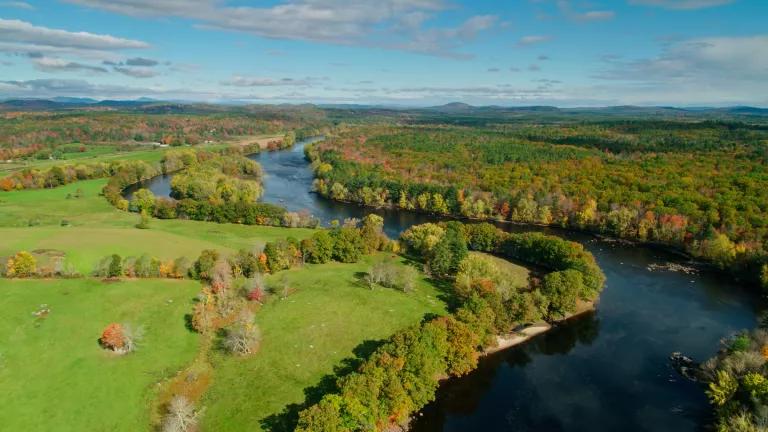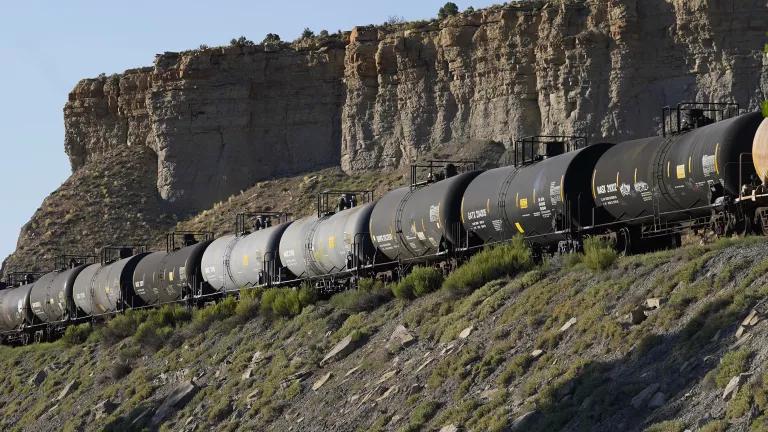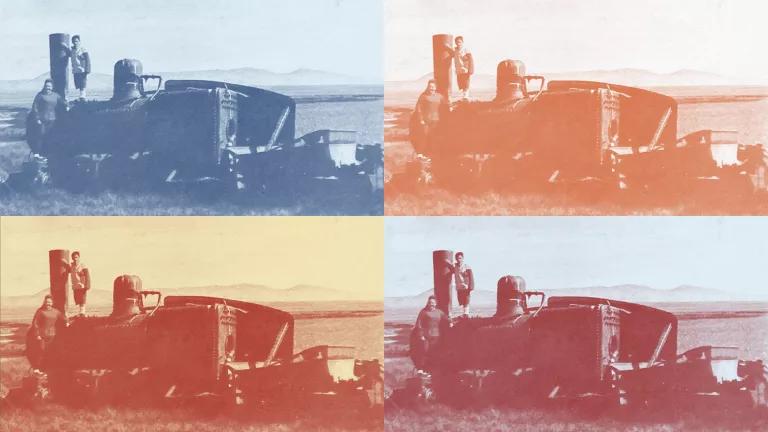
Co-authored with: Harriet Festing, Anthropocene Alliance, Stu Gillespie, Earthjustice, John Rumpler, Environment America, Jim Murphy, National Wildlife Federation, Kelly Moser and Jonathan Gendzier, Southern Environmental Law Center
For the past 50 years, the Clean Water Act (CWA) has improved the condition of rivers, lakes, wetlands, and other water bodies around the United States and prevented the pollution of countless more. Despite the CWA’s tremendous success in improving water quality across the country, a threat to the law as we know it looms: In Sackett v. Environmental Protection Agency (EPA), right-wing lobby groups and legal organizations, along with an army of polluting industries, have asked the Supreme Court to reinterpret the law in a way that would exclude most of the nation’s streams and wetlands from federal safeguards against pollution.
If the court sides with the plaintiffs or their industry supporters in Sackett, it would put crucial water bodies—such as those profiled in this paper—at risk of pollution or other forms of degradation. We must hope that the Supreme Court upholds the full protective measures of this crucial law.






